5 Tips for Transplanting in Hot Weather
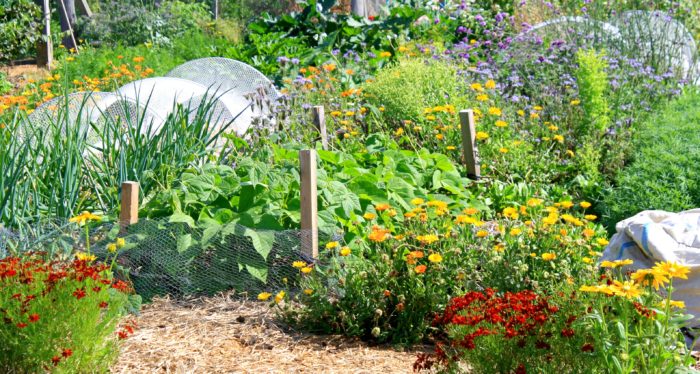
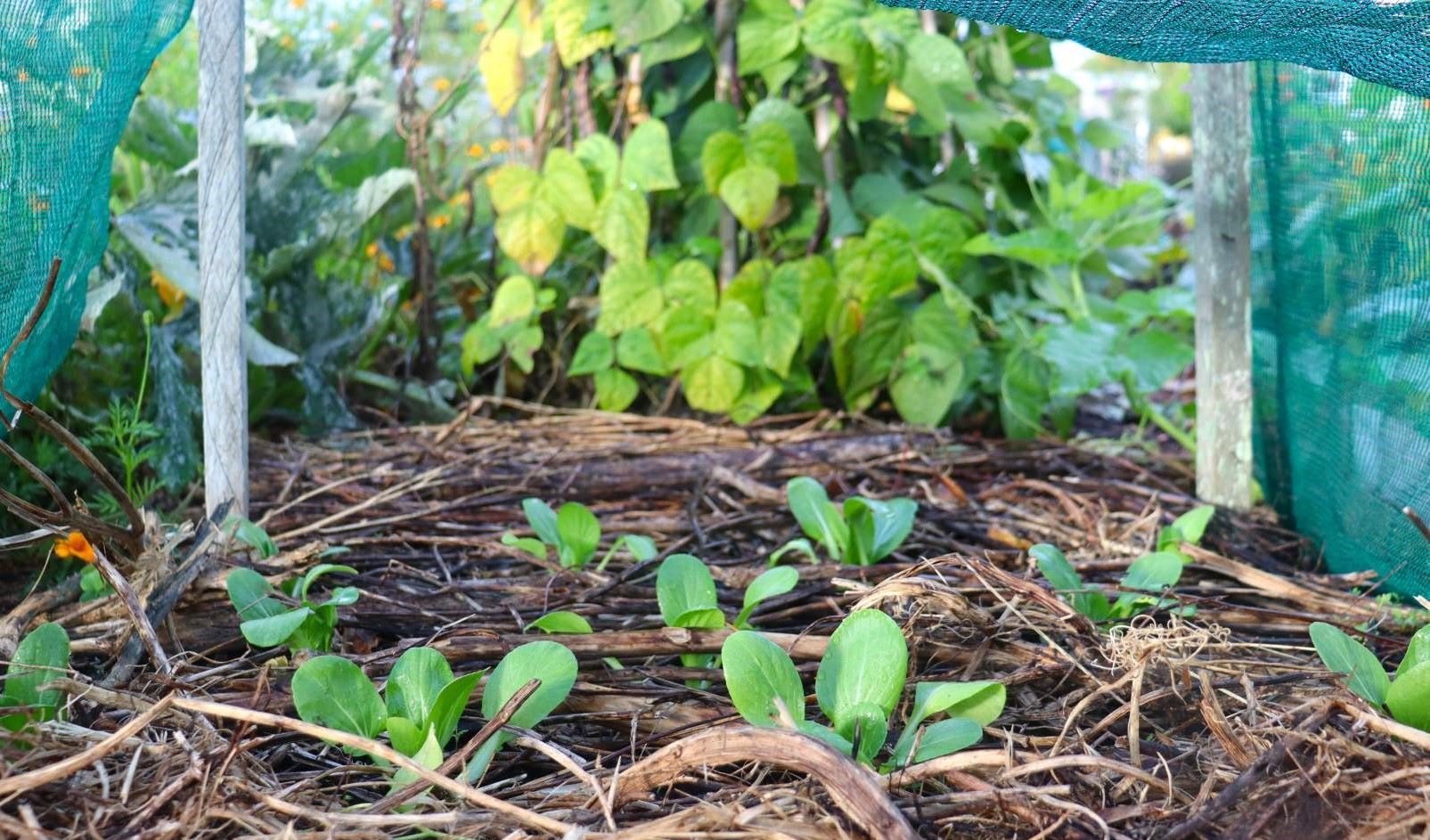
Abundant crops begin with seedlings that grow steadily onwards, with no growth checks. Transplanting is a key part of the operation!
Thing is, most of the crops we're planting in late summer (winter brassicas, carrots, leeks etc), aren’t fans of intense heat. Add to that, the garden soil is likely tired, dried out and not necessarily crop ready and we need tricks! Here are my top 5 to ensure all your seedlings grow like rockets!
Plant in the evening
The evening is a glorious time to garden, gentle and cool - perfect for transplanting and it gives your seedlings the night in which to establish a good footing.
Plant into compost
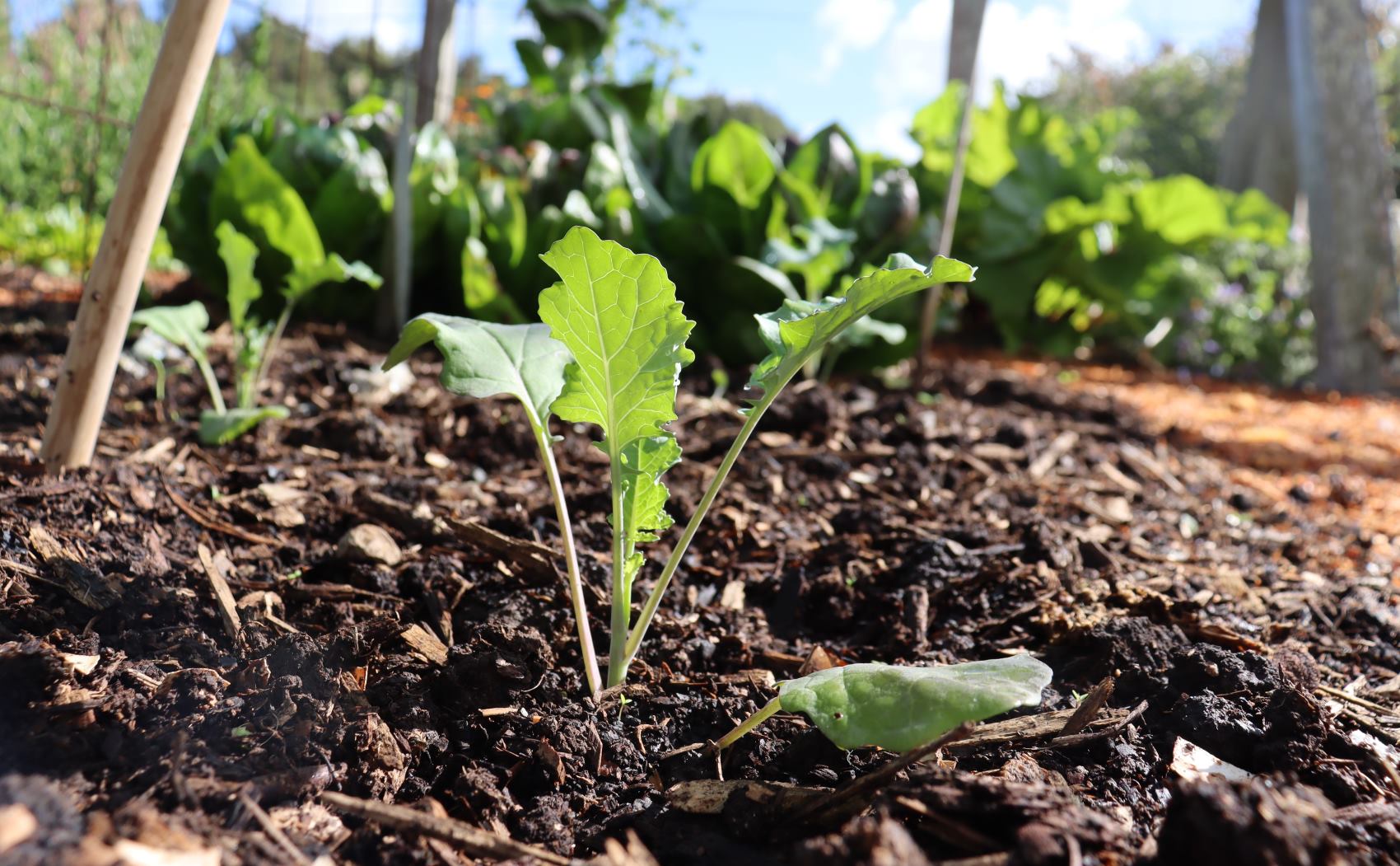
The very best thing to plant your new seedlings into, is homemade compost. A fresh layer spread over the bed is the ultimate, but if you don't have enough, no worries, there's options:
- a dose of compost for each seedling with some yummy broken down mulch between each seedling to fill the gap
- mix your homemade compost with vermicastings or cheats compost to extend it
Pre soak the soil + the seedlings
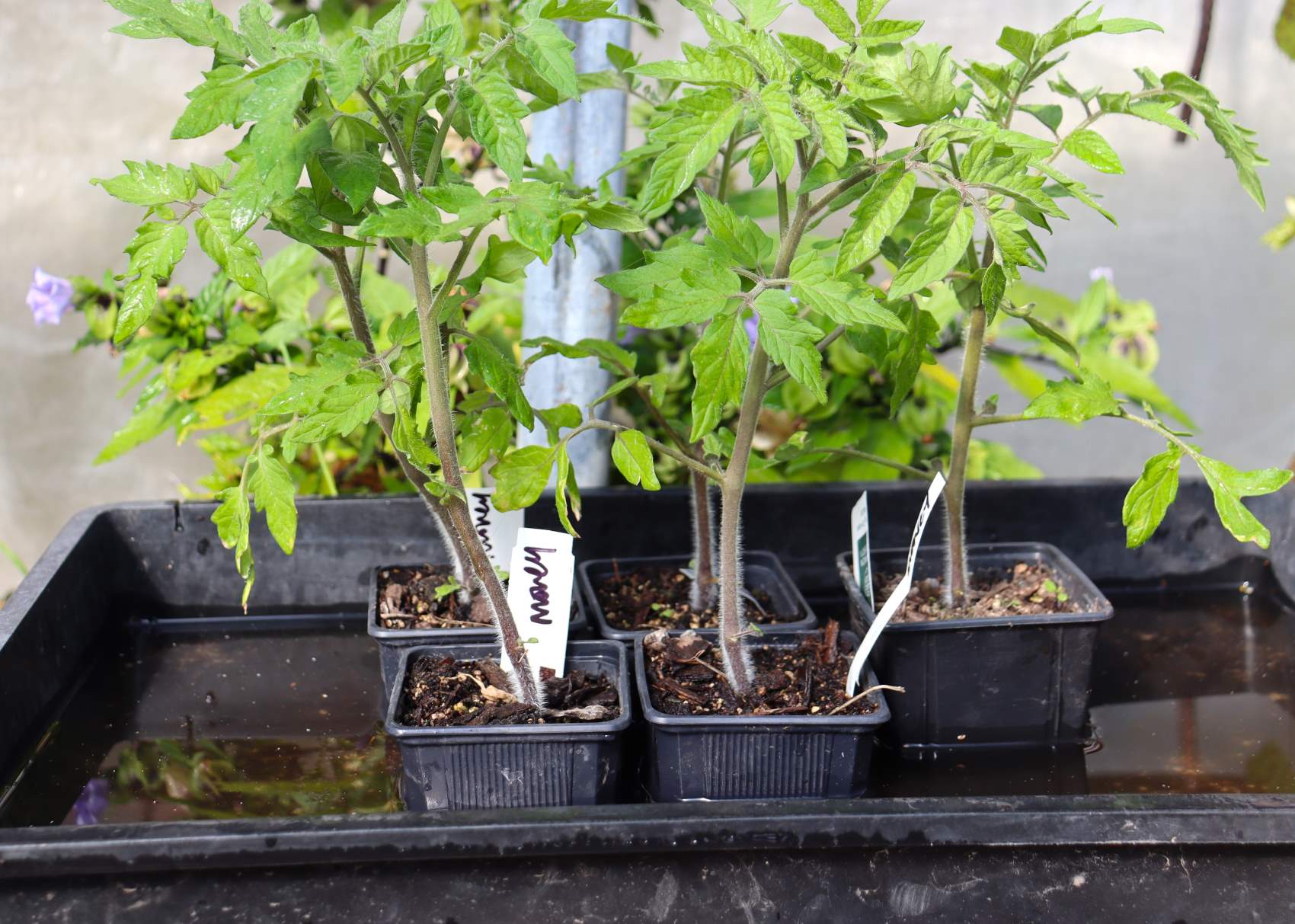
Prep your seedlings in the best of ways by sitting the pots in a tray of water until they're nicely moist top to bottom. A good habit at all times, but particularly useful in hot weather and especially awesome if water is thin on the ground at your place.
While your seedlings soak, hydrate your bed - ideally by watering the bed entire, but if you don't have enough water, just water the bottom of the hole in which you'll plant the seedling.
Then, if your soil is lack lustre and needs a bit of perking up, saturate the bed with a biological brew or liquid seaweed or fish or worm juice - whatever you have to hand, before planting out.
Mulch

Seal the deal and hold the moisture in, with mulch. A slightly decomposed, wormy hay is epic for this job, it really holds the moisture in. If you've no pre rotted organic matter in the house, rouse up a barrow of homemade mulch.
Create shade
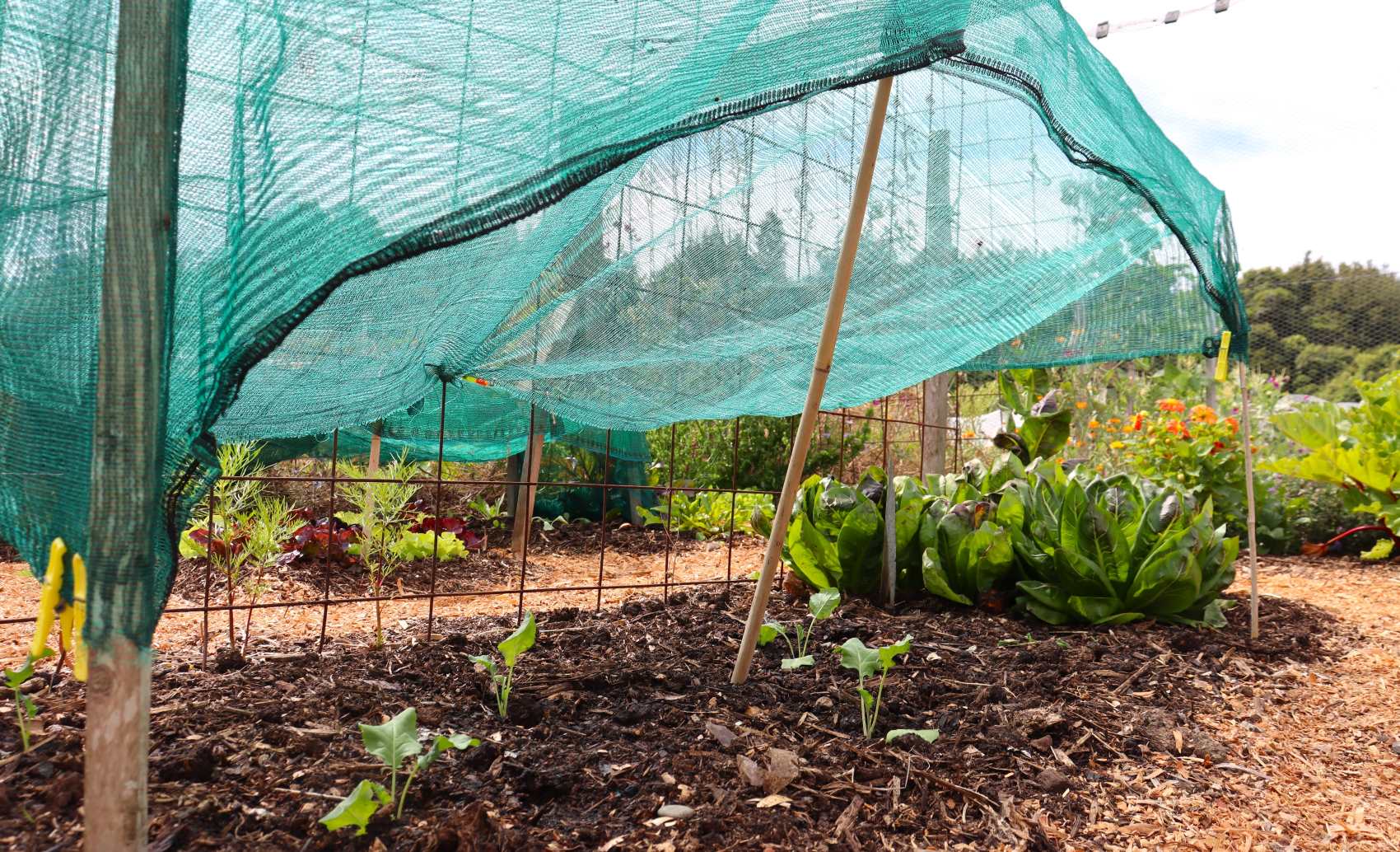
Shade cools the air and slows transpiration, saving your youngsters from wilting - which is what happens when water out is faster than water in. Wilting is flirting with death, and wastes precious energy that is far better spent on growing.
Either:
- set up a shade cloth overhead
- or use natures shade cloth by planting beneath older crops - light, airy seeding parsley is my favourite nursery plant
- or poke in bracken or any airy, branch for a natural umbrella.
